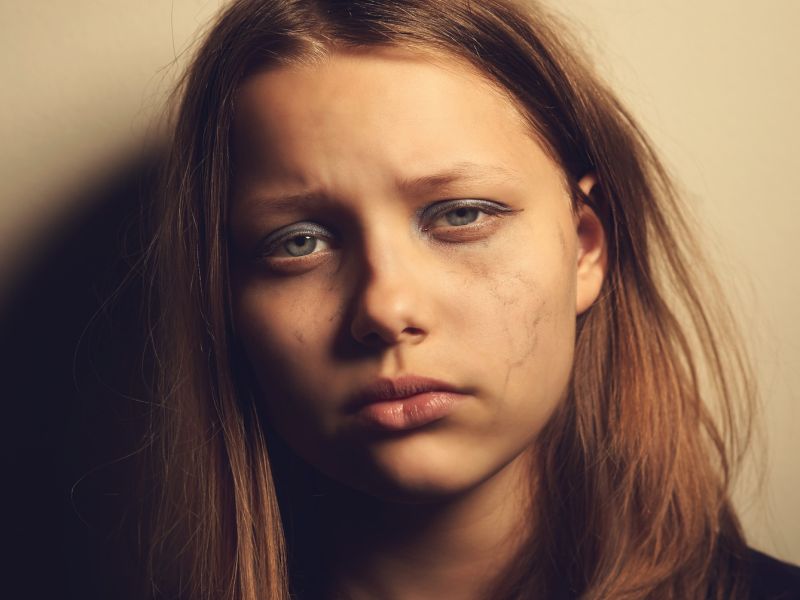TUESDAY, Oct. 22, 2019 (HealthDay News) — While fewer straight teens suffer depression than did two decades ago, the same cannot be said for lesbian, gay and bisexual teens.
For those teens, depression risk remains much higher than among their straight peers, new research shows, and it is not following a similar downward trend.
Each year between 1999 and 2017, Massachusetts-based teens reported on struggles with sustained bouts of depressed moods, such as sadness or hopelessness.
Depression was common. Among teens who identified as straight, nearly 3 in 10 said they had felt depressed for two weeks in a row or more back in 1999. By 2017, that number was down about 5 percentage points.
However, the numbers were far worse among those who identified as gay or lesbian. In 1999, more than half (51%) indicated being depressed. And that figure remained unmoved nearly 20 years later. (Transgender youth were not included in the survey.)
“To our knowledge, this is the first study to be able to look at data across nearly two decades to demonstrate that rates of depressed mood in sexual minority, compared to heterosexual youth, have not improved over time,” said study author Alexandra Bettis.
“And this is not surprising, given that we see elevated rates of depression and other mental health problems in sexual minority youth,” added Bettis, a postdoctoral fellow in the Department of Psychiatry and Human Behavior at the Warren Alpert Medical School of Brown University in Providence, R.I.
That thought was seconded by Caitlin Ryan, director of the Family Acceptance Project at San Francisco State University. She was not involved with the study.
“No, this is not at all surprising,” Ryan said. “First of all, LGB children have always reported higher rates of depression than their heterosexual peers. It’s of course true that stigma has decreased dramatically, as images of lesbian, gay and bisexual people have become more positive. But what that has meant is that over the last 20 years, children have been coming out at earlier and earlier ages. As early as 10 or even younger.”
And that, said Ryan, has given rise to a double-edged sword.
“Kids are coming out earlier and parents are much more aware of sexual orientation and gender identification than ever. That’s great. But that means we now have to step up and fill a huge and continuously growing need for more and more child development and family support to help these kids,” she said.
“And that hasn’t happened, which means that today we have an enormous gap between need and reality when it comes to social services for LGBT youth,” Ryan added.
Nearly 33,500 teens were surveyed in all, and the numbers fluctuated over time.
Among those identifying as straight, 29% reported struggling with depression in 1999. That represented a high mark, before dipping to a low of just under 22% by 2009. By 2017, it was back up to nearly 24%.
Among teens who identified as gay or lesbian, depression rates dipped from a high of 55% (in both 2003 and 2015) to a low of 44% (in 2011). By 2017, risk went up to the same as in 1999: roughly 52%.
When depression risk was based on reported sexual behavior rather than orientation identity, the numbers were worse. Among straight teens, depression figures of almost 36% in 1999 fell to just under 30% by 2017. Among non-straight teens, the 1999 number was nearly 49%. But by 2017, it had risen to almost 54%.
Bettis said that the findings suggest a couple of things: Either social services for gay or lesbian youth aren’t working or these teens simply don’t have adequate access. “So we need to do a better job getting these youth into care,” she noted.
Ryan agreed.
“We need families involved. And we need social services to support these families. But at a very basic level, where children actually live, their lives lack support,” Ryan said. “I don’t think this is on the radar yet of state and county agencies that provide mental health services for children and adolescents. I don’t think serving agencies understand the profound need.”
Bettis and her Brown colleague, co-author Richard Liu, reported their findings online Oct. 21 in the journal JAMA Pediatrics.
More information
There’s more about the challenges faced by lesbian, gay and bisexual youth at Family Acceptance Project.
Copyright © 2025 HealthDay. All rights reserved.

